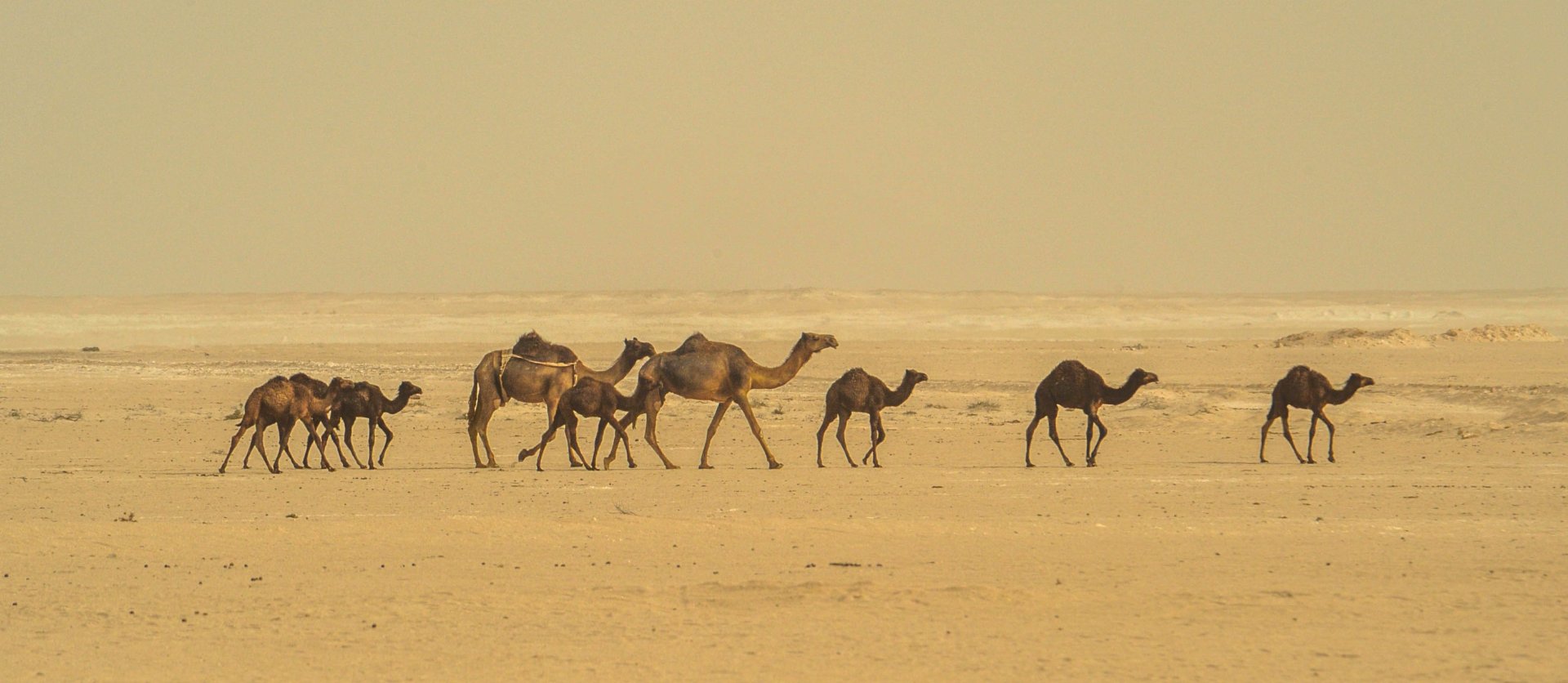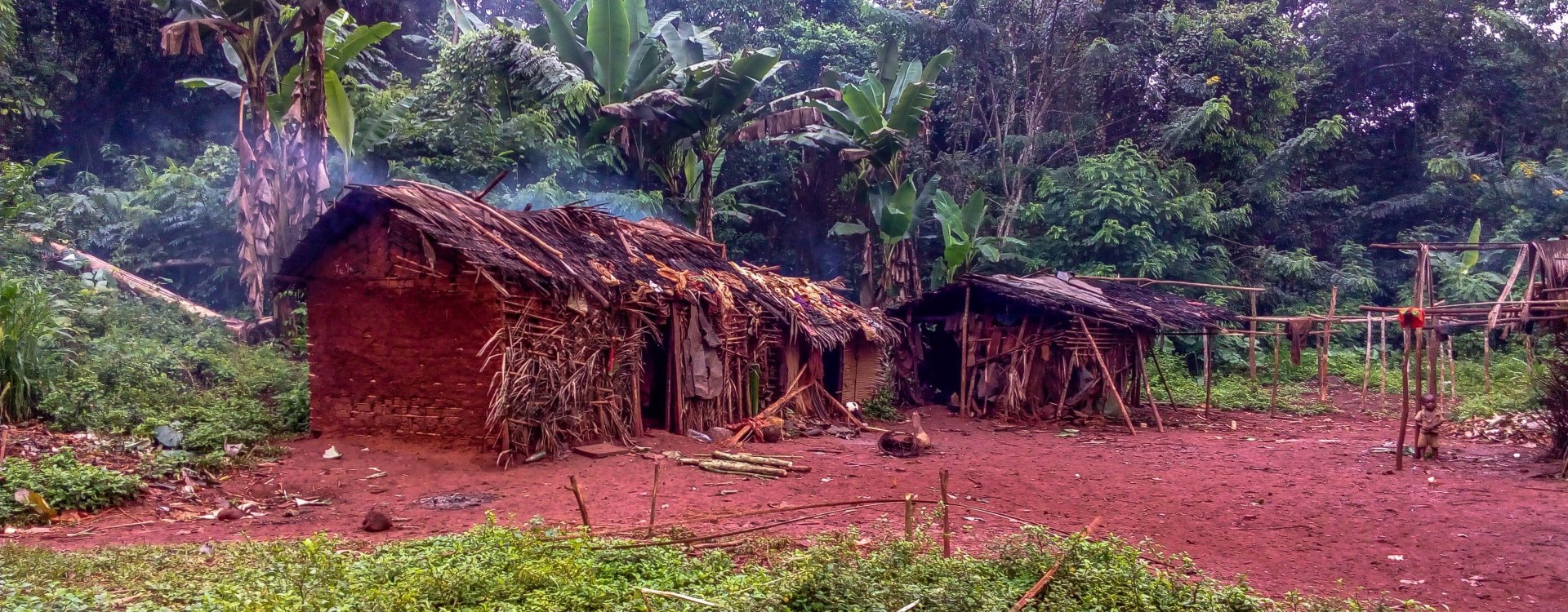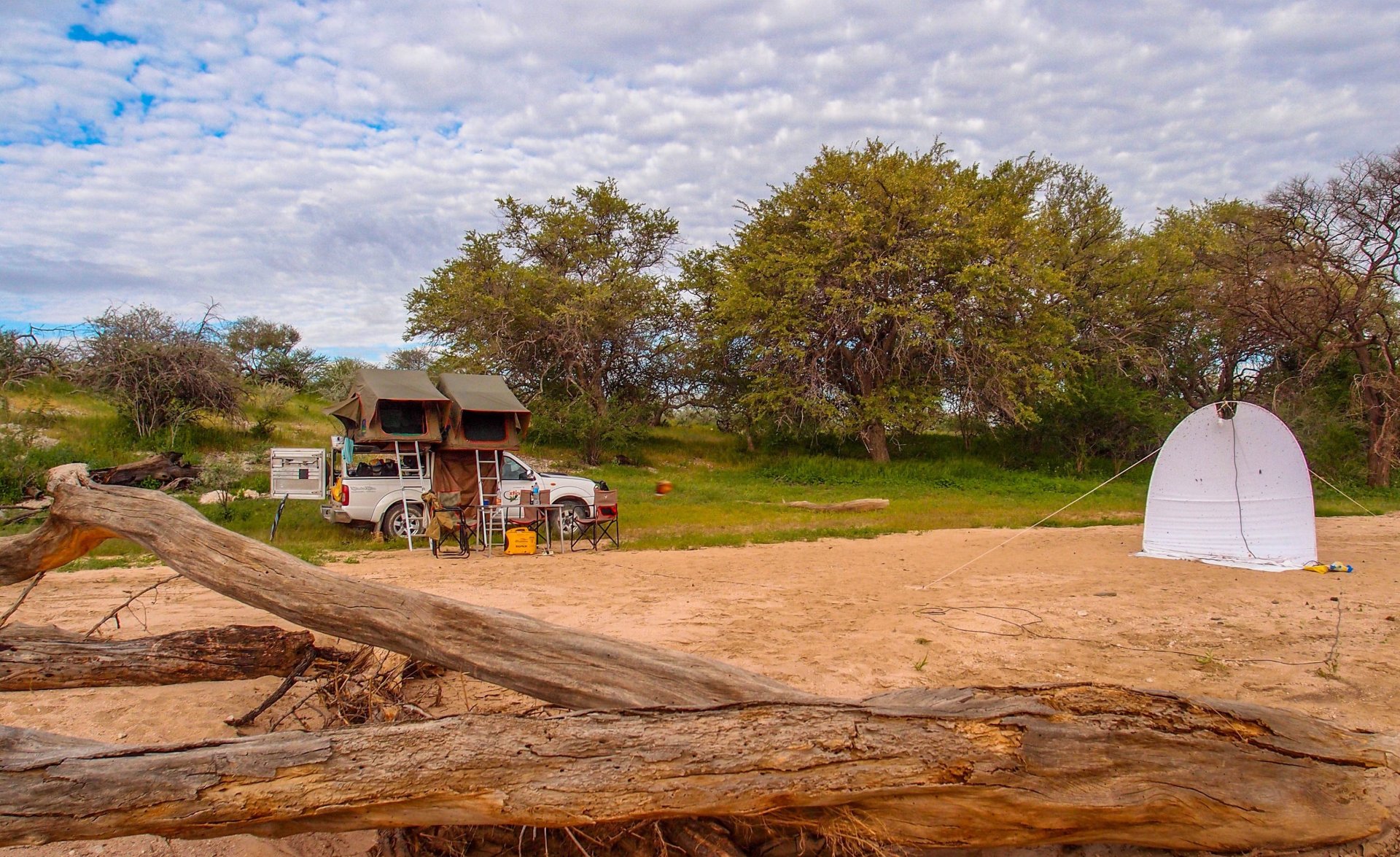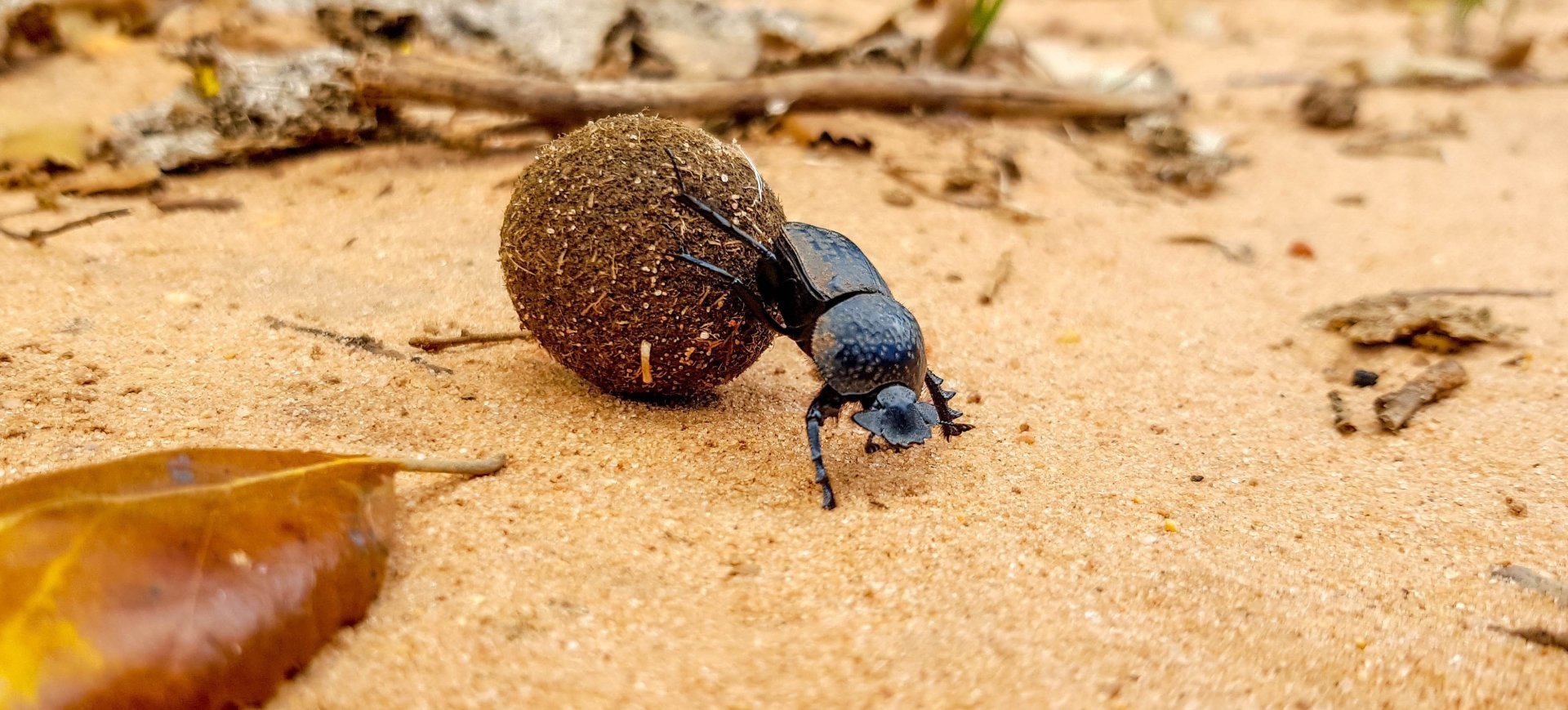







![]() Information: Circellium bacchus, was described by Fabricius in 1781 as Ateuchus isidis.
Information: Circellium bacchus, was described by Fabricius in 1781 as Ateuchus isidis.
C. bacchus, was among the earliest beetles described from southern Africa. Until at 50 mm long, they are among the largest dung beetles in Africa, and globally.
The dung beetle Circellium bacchus (Fabricius 1781) was once widespread in southern Africa but is now restricted to a few isolated fragments in the south of the Western and Eastern Cape Provinces of South Africa, with the largest pop-ulation present in the Addo Elephant National Park (AENP). The beetles' activity is governed by precipitation and temperature; 18-26 ºC and high relative humid-ity favour activity. The beetles are generalist dung feeders and breeders but have clear preferences for elephant dung for feeding, and buffalo dung for breeding.
Body length: 22 - 50 mm
Peak activity: January - December (In dependence on the rainy season), with a peak in October - January
![]() Remarks: Fecundity is the lowest recorded for a dung beetle, with a maximum of two but on average only one progeny produced per year. The species is unique amongst ball-rolling (telecoprid) dung beetles in that females initiate, form and roll brood balls, something carried out exclusively by males in other species. The beetles are habitat specialists preferring dense undisturbed vegetation to more open, dis-turbed vegetation. The species should be considered rare because of its narrow geographical range, restricted biotope specificity and biological attributes. Fur-thermore, it complies with most of the characteristics that increase its likelihood of endangerment or extinction and qualifies as "vulnerable" according to IUCN criteria of threatened species.
Remarks: Fecundity is the lowest recorded for a dung beetle, with a maximum of two but on average only one progeny produced per year. The species is unique amongst ball-rolling (telecoprid) dung beetles in that females initiate, form and roll brood balls, something carried out exclusively by males in other species. The beetles are habitat specialists preferring dense undisturbed vegetation to more open, dis-turbed vegetation. The species should be considered rare because of its narrow geographical range, restricted biotope specificity and biological attributes. Fur-thermore, it complies with most of the characteristics that increase its likelihood of endangerment or extinction and qualifies as "vulnerable" according to IUCN criteria of threatened species.
The beetles were seasonally most active during the warm to hot months and after rain Daily activity also reflected this dependence on moderately high ambient temperatures and relative humidity.
![]() Distribution: Republic South Africa (= Western Cape, Eastern Cape)
Distribution: Republic South Africa (= Western Cape, Eastern Cape)
Zoogeographic region: Afrotropical
![]() Taxonomic classification:
Taxonomic classification:
![]() Material examined (& observation):
Material examined (& observation):
South Africa ![]()
Eastern Cape Prov.
Addo Elephant National Park
(GPS) ![]()
Altitude 150 m a.s.l. | 16.12.2019
![]() Our observation period: November ~ December
Our observation period: November ~ December![]() Sampling Methods: in the dung
Sampling Methods: in the dung
 South Africa
South Africa